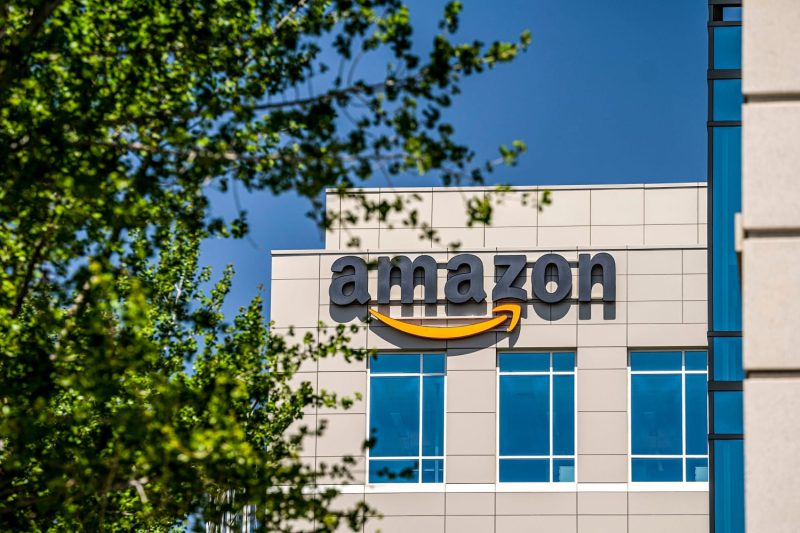In a surprising move, Amazon has announced the shutdown of its speedy brick-and-mortar delivery service, a decision that has left many customers and shareholders puzzled. The service, which aimed to provide ultra-fast product deliveries to customers directly from physical stores, will be discontinued. This news comes as a shock, especially since the retail giant had been actively expanding its brick-and-mortar presence in recent years.
The speedy brick-and-mortar delivery service was initially launched as a pilot program in select cities, offering customers the convenience of instant gratification by delivering products within hours of purchase. The service was seen as a direct competitor to traditional retail stores, promising customers the ease of online shopping combined with the immediate availability of products.
However, despite the initial excitement surrounding the service, Amazon faced several challenges in scaling the program nationwide. One major hurdle was the logistical complexity of coordinating deliveries from multiple physical stores, each with varying inventory levels and capacities. This resulted in inconsistencies in delivery times and product availability, leading to customer dissatisfaction.
Moreover, the operational costs associated with maintaining a vast network of delivery hubs and fleets strained Amazon’s bottom line. The need for specialized infrastructure and personnel to manage the brick-and-mortar delivery service added significant expenses to the company’s balance sheet. Amazon’s decision to shut down the service is likely a strategic move to streamline its operations and focus on more profitable ventures in the e-commerce space.
While the closure of the speedy brick-and-mortar delivery service may disappoint some customers who valued its convenience, Amazon has assured that alternative delivery options, such as same-day and next-day delivery, will still be available. The company remains committed to providing fast and reliable delivery services to its customers, albeit through other channels.
In conclusion, Amazon’s decision to shut down its speedy brick-and-mortar delivery service marks the end of an ambitious but ultimately unsustainable venture. The challenges faced in scaling the program nationally, coupled with the high operational costs involved, led to the service’s demise. As Amazon pivots towards more profitable ventures, customers can expect the retail giant to continue innovating and improving its delivery services to meet their evolving needs.

